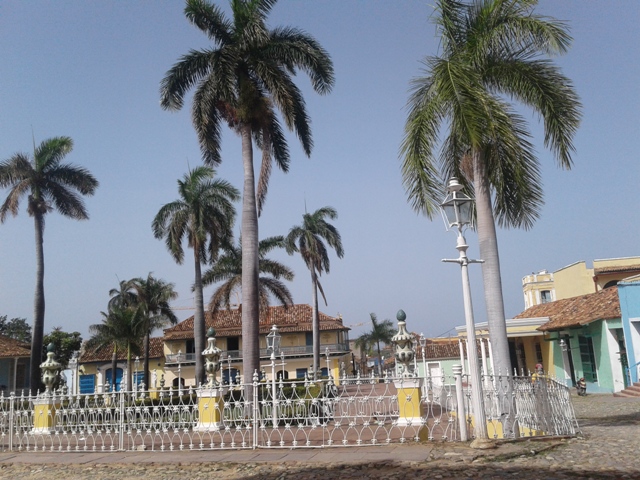The first known English settlement was built by shipwrecked British sailors in 1638. It was owned by Spain, but more and more British settlers arrived and in the area was annexed as a British colony became British Honduras.

Trinidad has to be walked slowly, to catch in every moment that incomparable sensation of being in a place stopped in time and to admire its patrimonial values that count with more than 500 years in a wonderful Historical Center integrated by 50 blocks and more than two thousand buildings.
It was in December, 1513 that the Hispanic conqueror Diego Velázquez arrived to the area and sent to explore that territory with an indigenous population formed by arahuacos that lived in the cacicazgo of Guamuhaya, and on February 10th the Villa de la Santísima Trinidad was founded, although other chroniclers affirm that it was the fourth of January.
From a small herd, he grew and built facilities in an urban context characterized by its careful typology and constructive homogeneity, peculiarities that can be seen in contemporaneity.
Experts in architectural conservation indicate that Trinidad is the city of Cuba that has best preserved its original seal, which is why it has received the status of Cultural Heritage of Humanity conferred by UNESCO in 1988, next to the nearby Valle de losIngenios, located a few kilometers to the east.
It is really majestic; it has that aristocratic seal of roots settled in castles and mansions of high windows with fences that resemble filigree. Caobas, cedars and other trees were used to build their tall, spacious windows to allow the fresh breeze to enter. Roofs of red tiles give a cheerful shade and finish off the buildings.
The attractions of Trinidad are very varied, so it is not surprising that during the high tourism season (from November to April) 10,000 visitors come to the city.
Among the highlights is the Plaza Mayor of Trinidad with its white fences that look like lace, like a postcard taken from an old book. The statue of Terpsicore, muse of dance, is striking, escorted by the high royal palms of green plume that surround this square.
Also captivating is the Old Cantero Palace, now the Municipal History Museum, the Brunet Palace, which houses the Romantic Museum, which houses furniture, crockery and art objects of great value, as well as the Museum of Colonial Architecture, located next to the Plaza Mayor.
The nights in Trinidad have a romantic and calm nuance, but you can become rhythmic and noisy in the Trova House, in the Disco at the bottom of the Ayala cave, an exotic site, in the Palenque de losCongosReales, or in the EGREM’s House of Music.

The first known English settlement was built by shipwrecked British sailors in 1638. It was owned by Spain, but more and more British settlers arrived and in the area was annexed as a British colony became British Honduras.